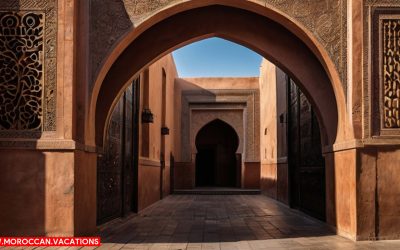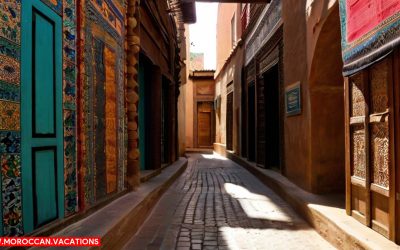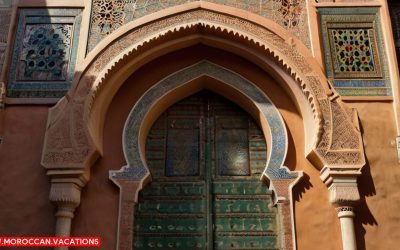Unraveling Morocco’s Ancient Past
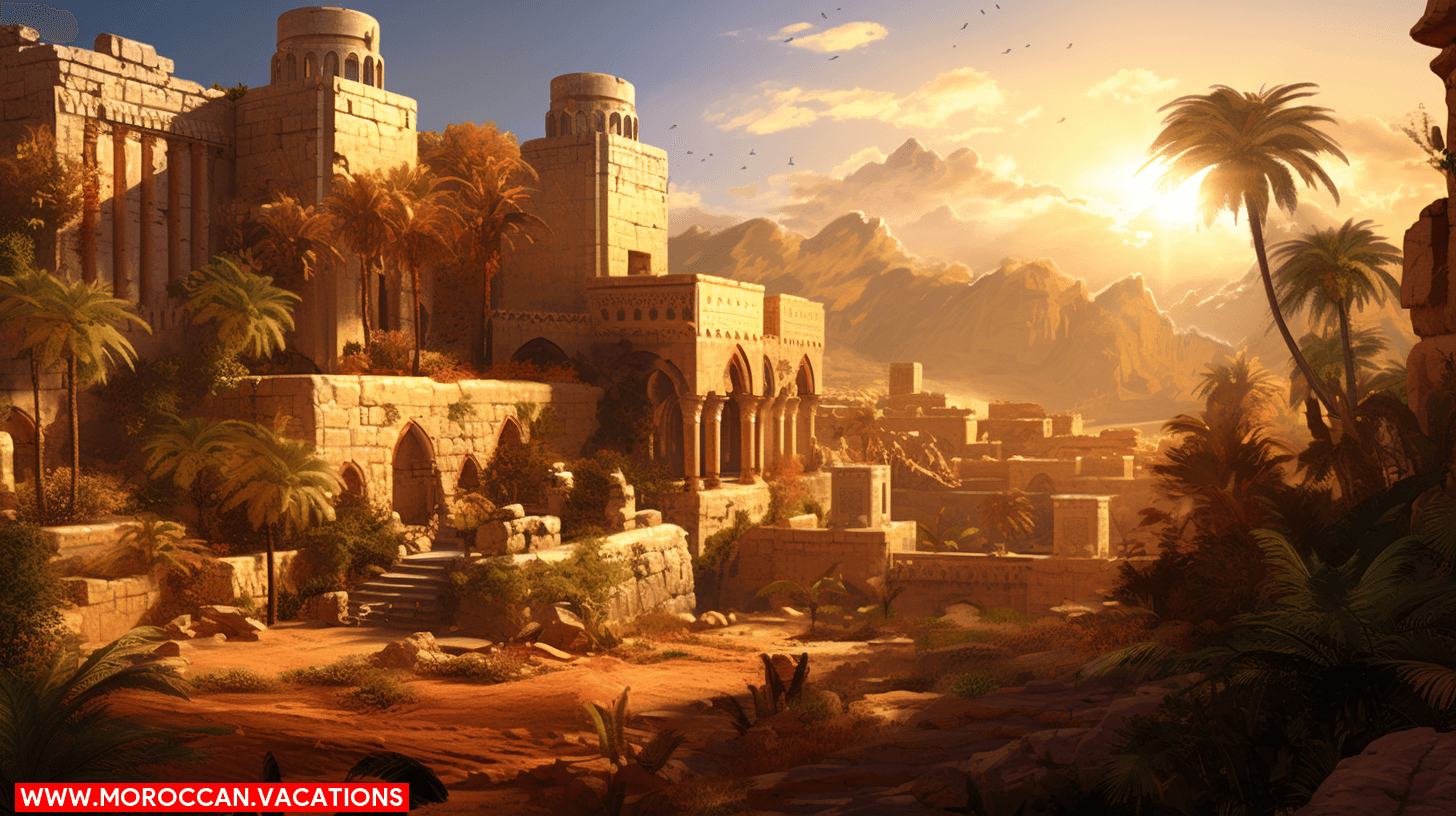

You’ve seen it all, right? Wrong. You’ve yet to uncover Morocco’s hidden gems. From ancient ruins whispering tales of the past, to majestic palaces screaming opulence, there’s a world to discover. You’re not just observing; you’re stepping into history, peeling back layers of time. It’s not just travel, it’s a journey through time. So, chuck your mundane routine, let’s take you on an enchanting ride. Ready to unlock Morocco’s historical treasures? You’re in for a treat!
As you delve into Morocco’s ancient past, you’ll discover a rich tapestry of history that intertwines Roman ruins, Berber kasbahs, and Islamic artistry. Each stone you touch vibrates with tales of glory and struggle, whispering the secrets of civilizations long gone. Freedom seekers like you’ll find solace in Morocco’s antiquity, a testament to resilience and adaptability.
The Berber heritage, deeply rooted in Morocco’s identity, is evident in the kasbahs that dot the rural landscape. These fortified homes, with their earthen architecture, tell a story of a people fiercely protective of their freedom. You’ll see their spirit reflected in the intricate designs etched on the kasbah walls, a silent proclamation of their cultural identity.
Your quest for exploration will also lead you to Roman remnants. Stroll through the ruins of Volubilis, where you can almost hear the echoes of Roman legionnaires marching. The mosaics, still vibrant after centuries, reveal a culture that thrived on conquest, yet appreciated beauty and art.
In unraveling Morocco’s ancient past, you’re not just exploring history. You’re embarking on a journey of freedom, tracing the paths of those who refused to be confined by their circumstances, who dared to carve their own destinies.
Echoes From the Ruins
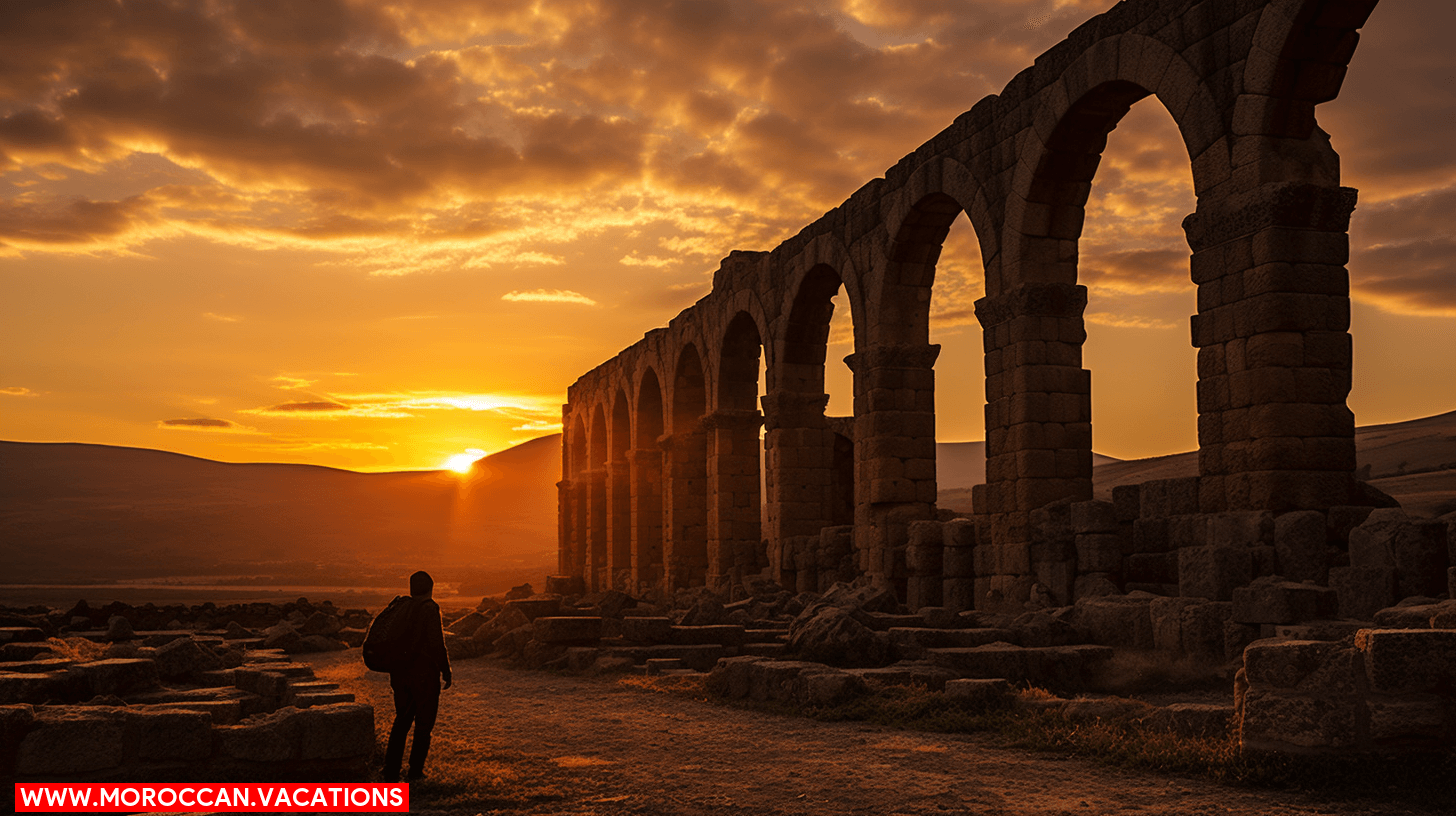

In the heart of these ruins, you’ll find echoes of Morocco’s past reverberating through time. Every stone holds a tale, each ruin a testament to the civilizations that once thrived here. Ruins preservation isn’t just about safeguarding bricks and mortar; it’s about keeping these stories alive.
The archaeological significance of these sites can’t be overstated. They’re a tangible link to Morocco’s rich and varied past. A few notable examples include:
– The Roman town of Volubilis, with its beautiful mosaics and triumphal arch.
– The ancient Phoenician city of Lixus, where Hercules supposedly performed his eleventh labor.
– The medieval city of Fez, its labyrinthine alleys whispering tales of sultans and scholars.
– The Kasbah of Ait-Ben-Haddou, a fortified village that’s been featured in many films.
– The necropolis of Chellah, where storks now nest atop the minaret of a long-abandoned mosque.
As you walk through these sites, you’ll feel the history beneath your feet. You’ll understand the importance of preserving these remnants of the past. They’re not just ruins. They’re echoes of the past, resonating with the rhythms of a bygone era. You’re not just a visitor. You’re a witness to history.
Morocco’s Majestic Palaces
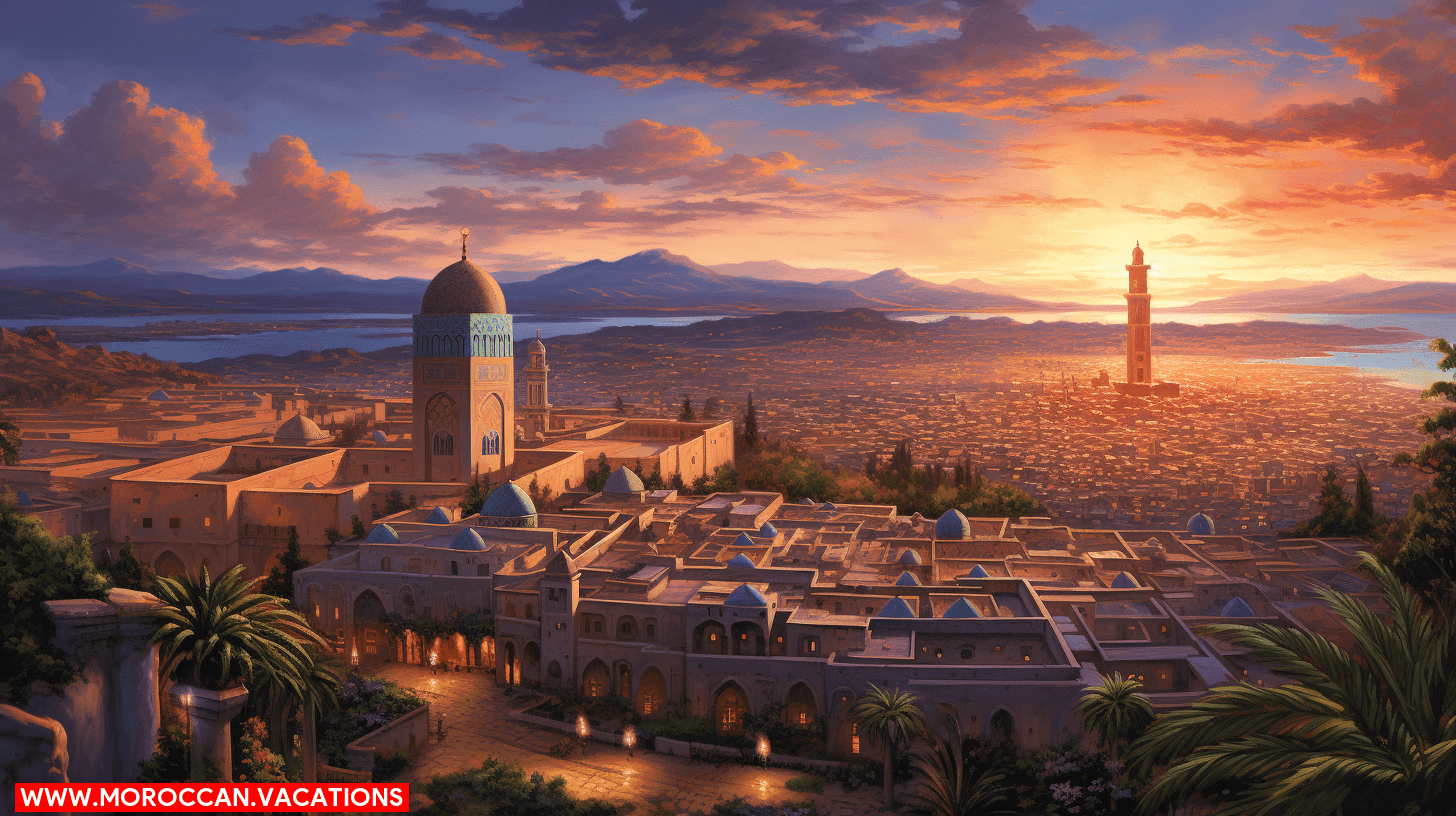

Stepping into Morocco’s majestic palaces, you’ll experience the grandeur of a regal past that still captivates today. These palaces tell stories of the Royal Dynasties that once ruled the land, each room revealing a different chapter. As you wander through the Palace Interiors, you’ll notice the intricate designs, the rich colors, and the breathtaking architecture that echo the country’s vibrant history.
| Palace | Description |
| Bahia Palace | An exquisite example of Moroccan architecture, its interiors are adorned with intricate woodwork and beautiful gardens. |
| El Badi Palace | Despite its ruined state, it’s still a testament to the Saadian dynasty’s glory. |
| Royal Palace of Fez | Known for its golden gates, it’s a symbol of the monarchy’s enduring power. |
These palaces aren’t merely historical landmarks; they’re a reflection of the Moroccan spirit- resilient, vibrant, and incredibly proud of its rich heritage. Each palace carries a story, a piece of the cultural puzzle that makes up the heart of Morocco. You’ll find freedom in the exploration, each corner unveiling a new piece of history, each room whispering tales of a time gone by. As you immerse yourself in these royal abodes, you’ll realize that history isn’t just in the past; it’s alive and well, waiting to be discovered.
Historical Landmarks: Beyond Beauty
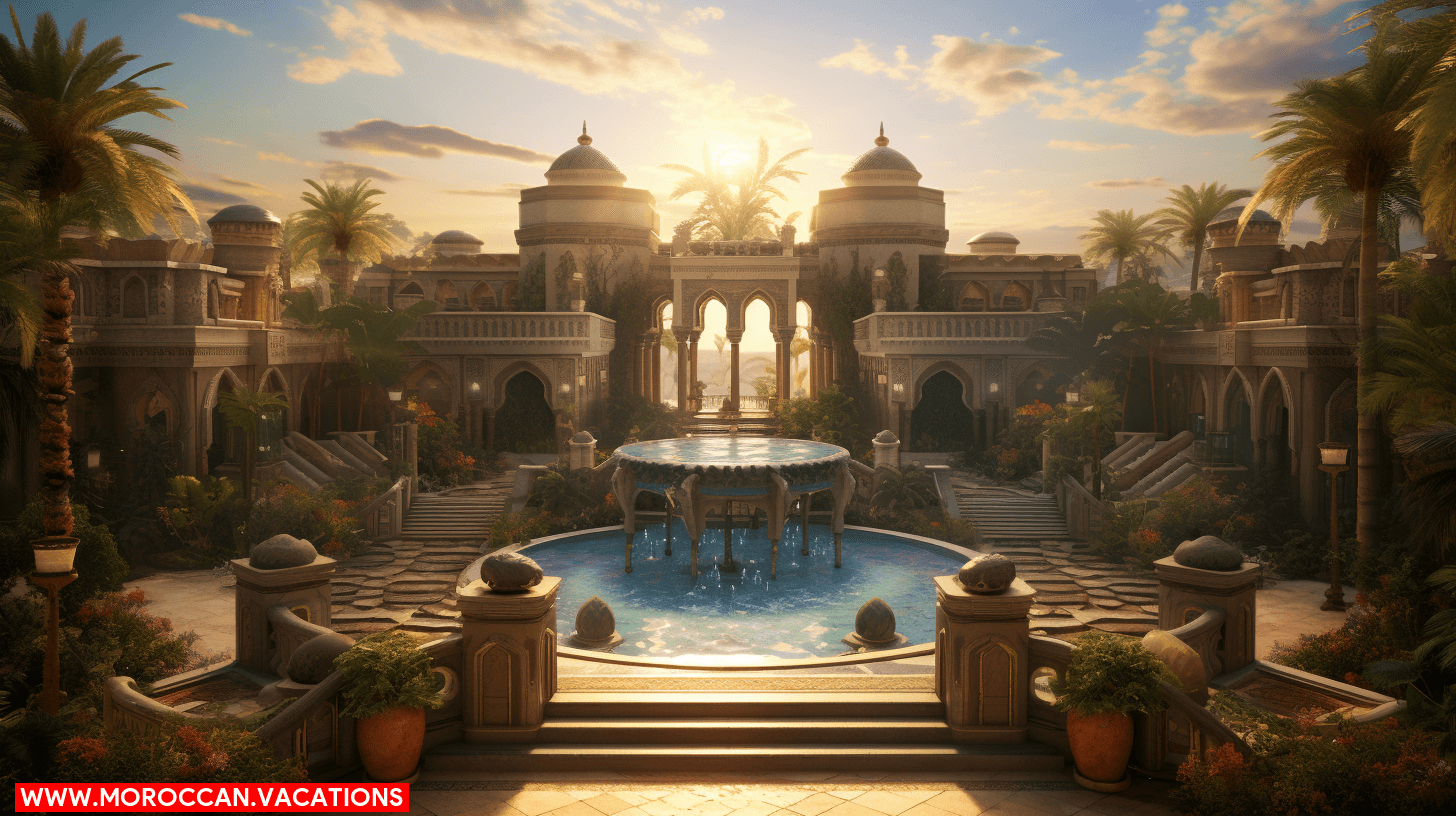

Beyond the royal palaces, you’ll find Morocco’s historical landmarks offer an unrivaled glimpse into the country’s past. Each monument and ruin, a testament to the cultural significance and the legacy of civilizations that once flourished here. Through heritage conservation efforts, these sites have endured, allowing you to step back in time.
Imagine yourself:
– Standing at the foot of the Koutoubia Mosque , its majestic minaret reaching for the heavens, a symbol of Marrakesh Islamic heritage.
– Gazing upon the ancient Roman ruins of Volubilis, where ornate mosaics narrate tales of a time long past.
– Wandering through the crumbling Kasbah of the Udayas in Rabat, feeling the echoes of history in its narrow alleyways.
– Marveling at the Saadian Tombs in Marrakesh, a mausoleum of grandeur, showcasing the opulence of the Saadian dynasty.
– Being awestruck by the Medersa Bou Inania in Fez, an architectural masterpiece of intricate tile work and carved cedar wood.
These landmarks aren’t just beautiful—they’re gateways to understanding the diverse cultures that have shaped Morocco. So, go forth, history enthusiast. Embrace the freedom of exploration and uncover the stories etched in stone and time.
Influences on Moroccan Architecture
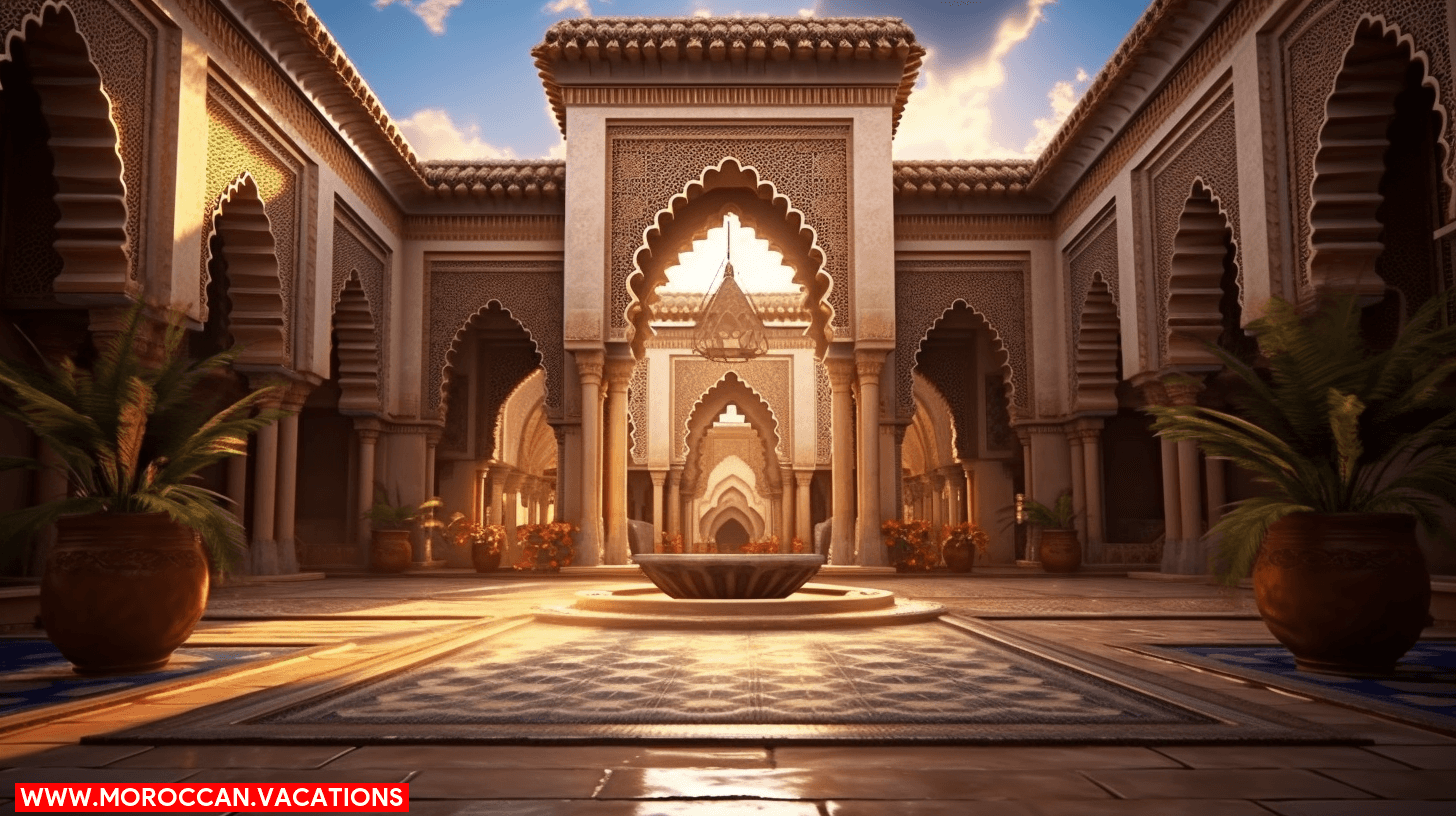

Exploring Moroccan architecture, you’ll quickly notice the myriad influences shaping its distinctive style, merging Berber, Arab, French, and Spanish elements into a unique aesthetic. The call to freedom resounds from the walls of these structures, hinting at a history of cultural exchange and synthesis.
Berber architecture, the oldest of these influences, breathes life into the mud-brick kasbahs and ksars dotting the Moroccan landscape. The Berbers’ intimate knowledge of their environment allowed them to create these iconic structures, which have withstood the test of time.
Islamic influences came next, introducing the intricate geometric designs and stylized floral motifs that have become synonymous with Moroccan interiors. This influence is most apparent in Morocco’s mosques and madrasas, where the Islamic love for knowledge and beauty shines through.
The French and Spanish influences, meanwhile, provide a European touch, evident in the grand boulevards and plazas of cities like Casablanca and Tetouan.
Here’s a quick overview:
| Influence | Element | Example |
| Berber | Mud-brick structures | Kasbahs |
| Islamic | Geometric designs | Mosques |
| French | Grand boulevards | Casablanca |
| Spanish | Plazas | Tetouan |
These influences have blended together, creating a unique architectural landscape that is purely Moroccan.
Morocco’s Historical Treasures: A Closer Look
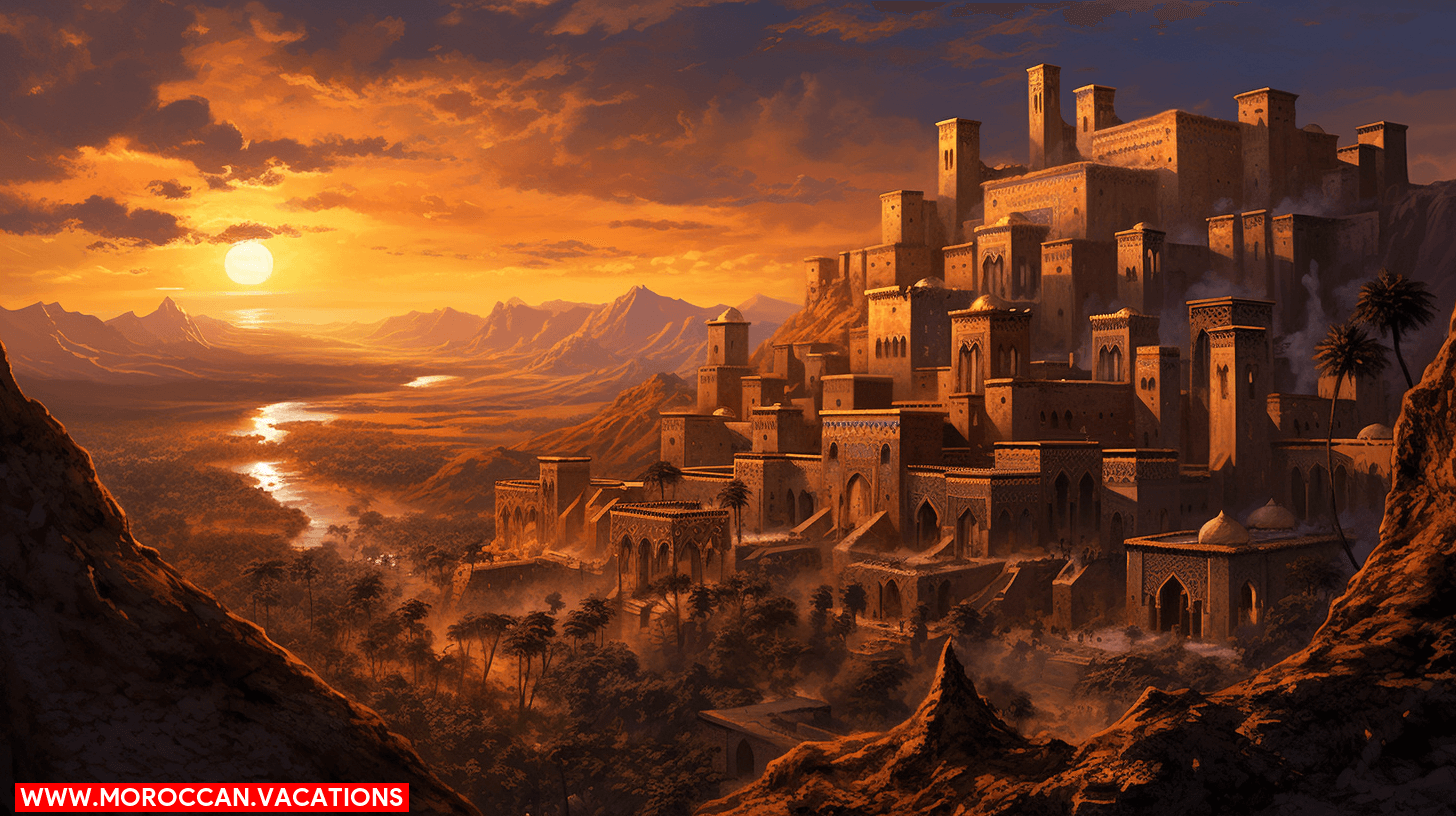

As you delve into the heart of Morocco’s history, you’ll find yourself captivated by a plethora of awe-inspiring treasures, from ancient ruins to majestic palaces. This North African country is a haven for cultural preservation, which is evident in its meticulously preserved historical sites.
Morocco’s historical treasures tell a story of a vibrant past, rich with artifact discoveries that reveal insights into the country’s ancient civilizations. These include:
– The ancient city of Volubilis, with its Roman ruins offering a glimpse into Morocco’s past.
– The grand Saadian Tombs in Marrakesh, a testament to the Saadian dynasty’s opulence.
– The Kasbah of Udayas, showcasing the mastery of Moroccan architectural design.
– The picturesque city of Chefchaouen, painted in varying shades of blue, symbolizing freedom and peace.
– The awe-inspiring Madrasa Bou Inania in Fez, displaying the intricate craftsmanship of Moroccan artisans.
Each of these treasures has its own unique tale to tell, offering you the chance to explore different eras and influences that have shaped Morocco. So, immerse yourself in the narrative of this nation’s past, and let the historical treasures of Morocco captivate your imagination and inspire your quest for freedom.
Introducing Ayoub Karbachi, a brilliant wordsmith and curator of the Moroccan Vacations website. Prepare to immerse yourself in mesmerizing narratives and extraordinary moments, as he unveils the allure of Morocco's captivating destinations like never before.
Related Articles
Marrakesh's Historical Gates: Portals to the City's Past
Bab Agnaou: The Gateway to Marrakesh's Royal Past Instagram Image by: @moroccoholiday_ Step into the captivating city of Marrakesh through its historical gates, like portals to a bygone era. These majestic entrances, such as Bab Agnaou and Bab Doukkala, beckon you...
Marrakesh's Medinas: A Tapestry of History and Architecture
The Origins of Marrakesh's Medinas Step into the lively streets of Marrakesh's medinas and immerse yourself in a captivating tapestry of history and architecture. Discover the vibrant souks, where artisans showcase their local crafts, and let the hidden charms of the...
The Impact of French Colonial Architecture in Marrakesh
Historical Background of French Colonial Influence Do you ever wonder how French colonial architecture shaped the vibrant city of Marrakesh? From the grand facades of government buildings to the intricate details of private residences, the impact of French design is...

